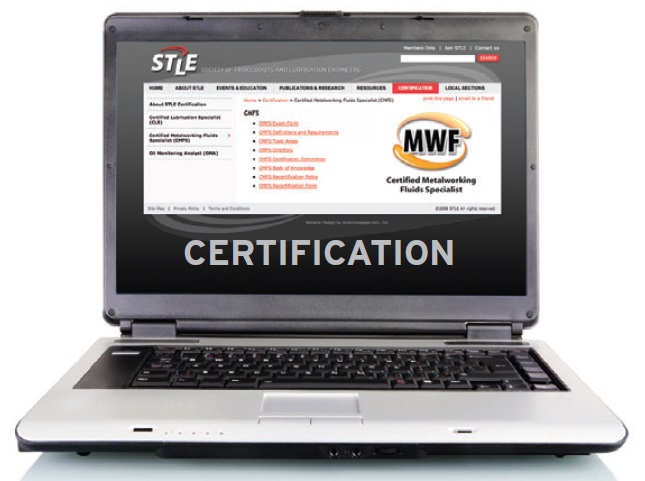Worldwide Web? No kidding!
Edward P. Salek, CAE, Executive Director | TLT Headquarters Report July 2009
During the first six months, a record number of visitors have logged on to STLE’s expanded Web site.

Average time spent on STLE’s Web site and number of pages viewed per visit also is much better than the benchmark numbers.
There’s not much more to be said about the STLE 2009 Annual Meeting & Exhibition, which is traditionally our biggest and most important event of the year.
My contribution this month focuses on another event that, like the annual meeting, also supports STLE’s mission of uniting and educating the global tribology and lubricants communities. I am referring to the newly expanded and redesigned STLE Web site which, during the first six months of 2009, has welcomed an impressive 19,641 unique visitors.
Because one data point does not make a trend, let’s look at the details and benchmark a few statistics (courtesy of Google Analytics) that confirm the site’s impact.
1.
Those nearly 20,000 individuals made 37,566 total visits to the site. That figure is nearly 70% better than the benchmark number of 22,269 visits to similar sites during the same six-month timeframe.
2.
Our bounce rate of 37.78% is superior to the 46.52% rate experienced by similar Web sites. A lower-than-average bounce rate means people are finding what they want and consequently not bouncing off to other sites.
3.
Average time spent on the site and number of pages viewed per visit also is much better than the benchmark numbers. The most frequently viewed pages dealt with the Annual Meeting and certification programs, although the pages with reference materials such as archived and searchable TLT articles also were attractive to visitors.
4.
Percentage of new visits to the site is a statistic that cuts both ways. STLE’s percentage is about 50%, compared to a benchmark of 63.3% new visitors. A high number of new visitors suggests that you are successful at driving traffic to your site while a high number of return visitors suggests that the site content is engaging enough for visitors to come back. This difference is understandable, given the fact that STLE is a well-established organization with a loyal membership that’s learned to use the Web site for informational and transactional purposes.
But a closer look at this statistic points to the site’s potential. The more than 30,000 visits to date this year were made by people in 132 different countries or territories. The U.S. State Department recognizes 194 independent countries around the world. Among Web site visitors from countries in Africa, 75% were new visitors to the site. For Asia, it was 62% new visitors.
For an organization the size of STLE, connecting with people and local organizations in distant parts of the world always has been a financial and logistical challenge. The power of digital communication is giving us an expanded opportunity to support information sharing amongst members and potential members across the globe.
Will this sort of connectivity make the concept of an annual meeting obsolete? Unlikely, because people always will find great value in face-to-face communication.
But our site does make it seem much more likely that STLE can achieve the goal established in the organization’s vision statement: To be a leader in the global network of individuals, institutions, societies and corporate entities with a common interest in advancing the science of tribology and the practice of lubrication engineering.
 You can reach Certified Association Executive Ed Salek at esalek@stle.org
You can reach Certified Association Executive Ed Salek at esalek@stle.org.